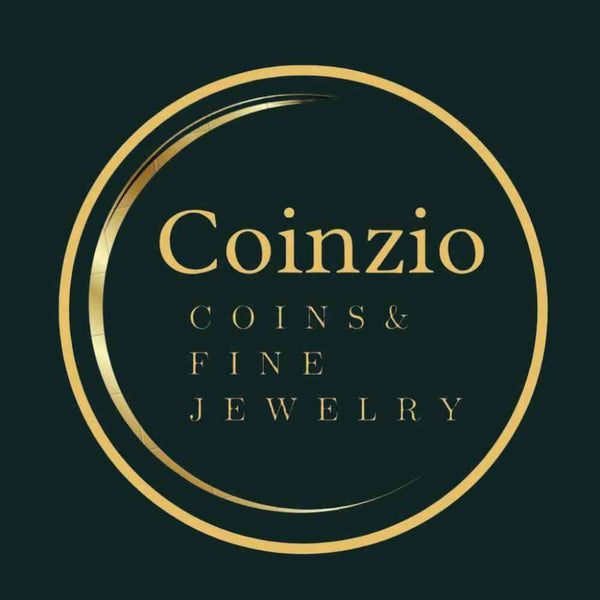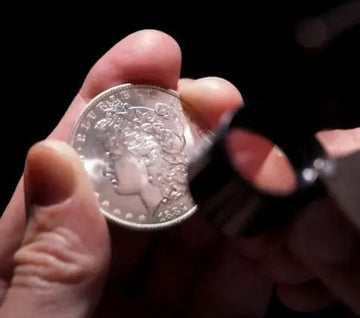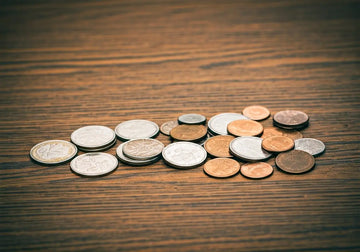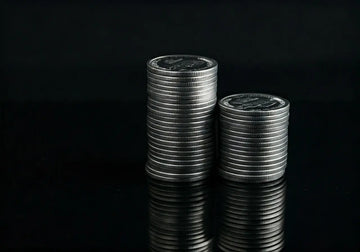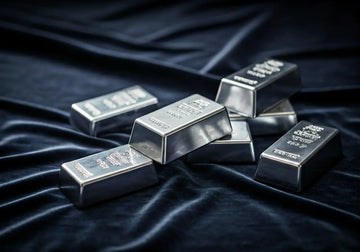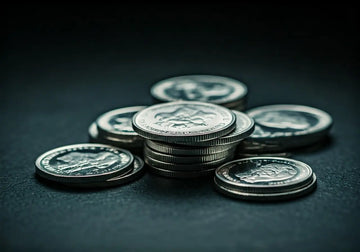When purchasing coins or bullion, it's crucial to authenticate their authenticity to protect your investment. With the rise in counterfeit coins and bullion products, understanding how to verify their legitimacy is paramount. In this comprehensive guide, we'll walk you through the essential steps to authenticate your coin and bullion purchases. From conducting research and verifying seller credentials to utilizing trusted resources and employing physical examinations, these tips will help you make secure transactions and safeguard your investment.
Research and Educate Yourself:
Before making a purchase, educate yourself about the specific coin or bullion product you're interested in. Understand its key features, design elements, minting history, and any unique characteristics that set it apart. Familiarize yourself with common counterfeits associated with the particular item you intend to buy.
Verify Seller Credentials:
Purchase from reputable and trusted sellers to minimize the risk of acquiring counterfeit coins or bullion. Consider the following verification methods:
- Online Reviews and Feedback: Check customer reviews and feedback on trusted platforms to gauge the seller's reputation and the satisfaction level of previous buyers.
- Professional Associations: Look for sellers who are members of recognized numismatic or precious metals associations. Membership indicates adherence to ethical standards and a commitment to customer satisfaction.
- Physical Store Visit: If purchasing from a brick-and-mortar store, visit the premises to assess its legitimacy, reputation, and adherence to industry standards.
Authenticate the Source:
When buying coins or bullion, verify the source to ensure their legitimacy. Consider the following steps:
- Proof of Purchase and Authenticity: Request a detailed invoice or receipt from the seller, including information such as the item's description, purchase date, and any accompanying certifications or guarantees.
- Established Supply Chains: If purchasing bullion, ensure that the seller has a transparent and established supply chain, providing traceability and authenticity assurances.
Physical Examination:
Conduct a physical examination of the coin or bullion to detect potential signs of counterfeiting. Here are some essential aspects to consider:
- Weight and Dimensions: Compare the weight and dimensions of the coin or bullion against the known specifications for the particular item. Significant deviations may indicate counterfeiting.
- Magnification and Details: Examine the design elements and fine details using a magnifying glass or a jeweler's loupe. Look for sharpness, intricate features, and consistent minting quality.
- Edge Reeding or Inscriptions: Pay attention to the edge reeding (if present) or inscriptions. Counterfeiters often overlook these details, resulting in inconsistencies or missing features.
- Precious Metal Purity Testing: For bullion, consider conducting an independent purity test using specialized kits or seeking professional verification from a trusted assayer.
Seek Professional Opinion:
In cases where you are uncertain about the authenticity of a coin or bullion, seek expert opinion from a reputable numismatist, coin dealer, or authentication service. They have the expertise and tools to evaluate coins and bullion accurately.
Utilize Trusted Resources:
Take advantage of trusted resources to assist in authentication. These may include:
- Professional Grading Services: Consider sending the coin or bullion for professional grading and authentication by renowned services such as the Professional Coin Grading Service (PCGS) or the Numismatic Guaranty Corporation (NGC).
- Online Authentication Tools: Some organizations offer online verification tools that allow you to cross-reference the coin's.
